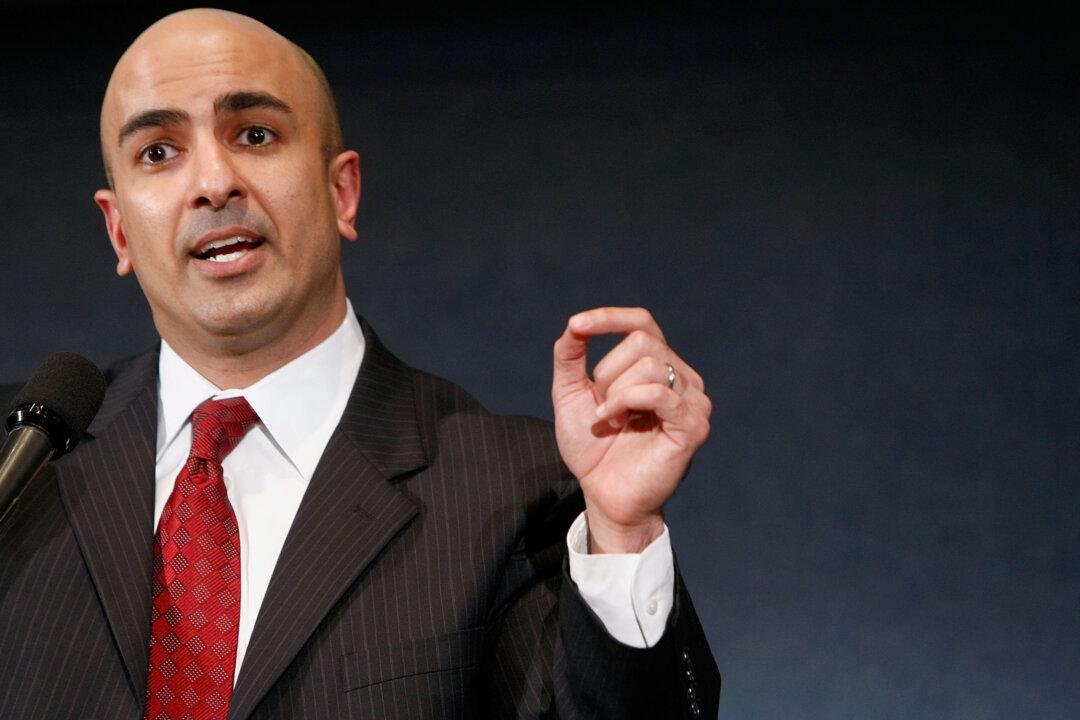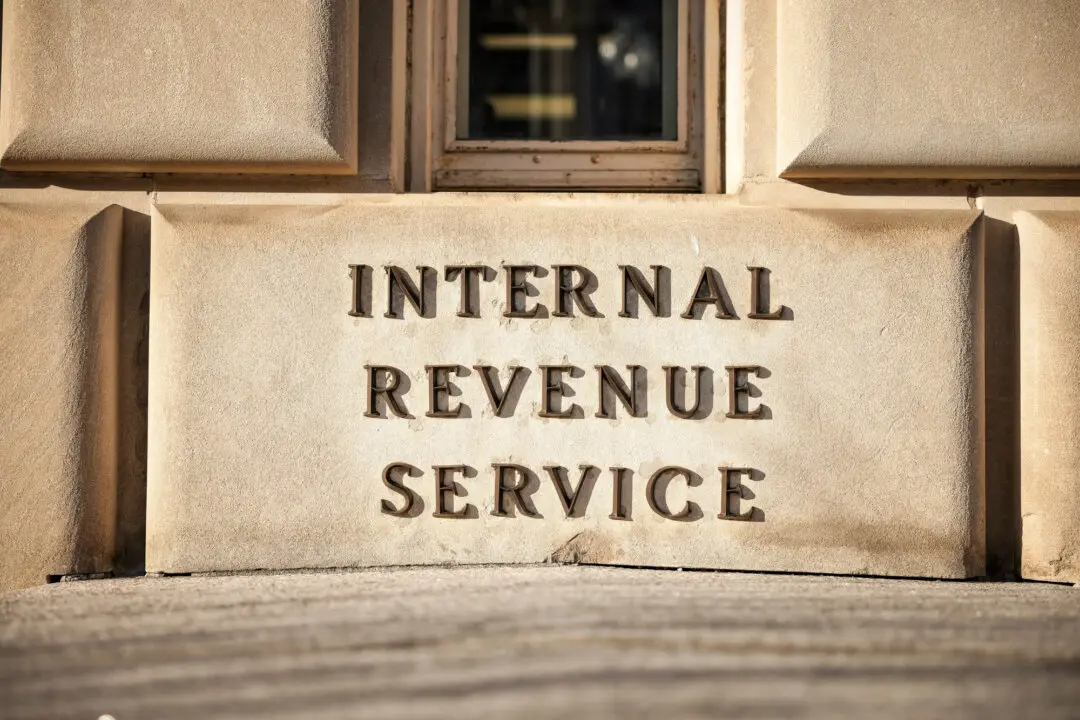Minneapolis Federal Reserve Bank President Neel Kashkari said Tuesday that policymakers at the U.S. central bank should wait for “many more months” of data showing inflation is trending down before lowering interest rates, while expressly not ruling out even more rate hikes if price pressures once again build steam.
Mr. Kashkari’s remarks, made during an interview with CNBC and at a Barclay’s event in London on May 28, are significant given Mr. Kashkari’s reputation for leaning dovish, meaning tending to advocate for looser monetary policy settings, or lower rates.





